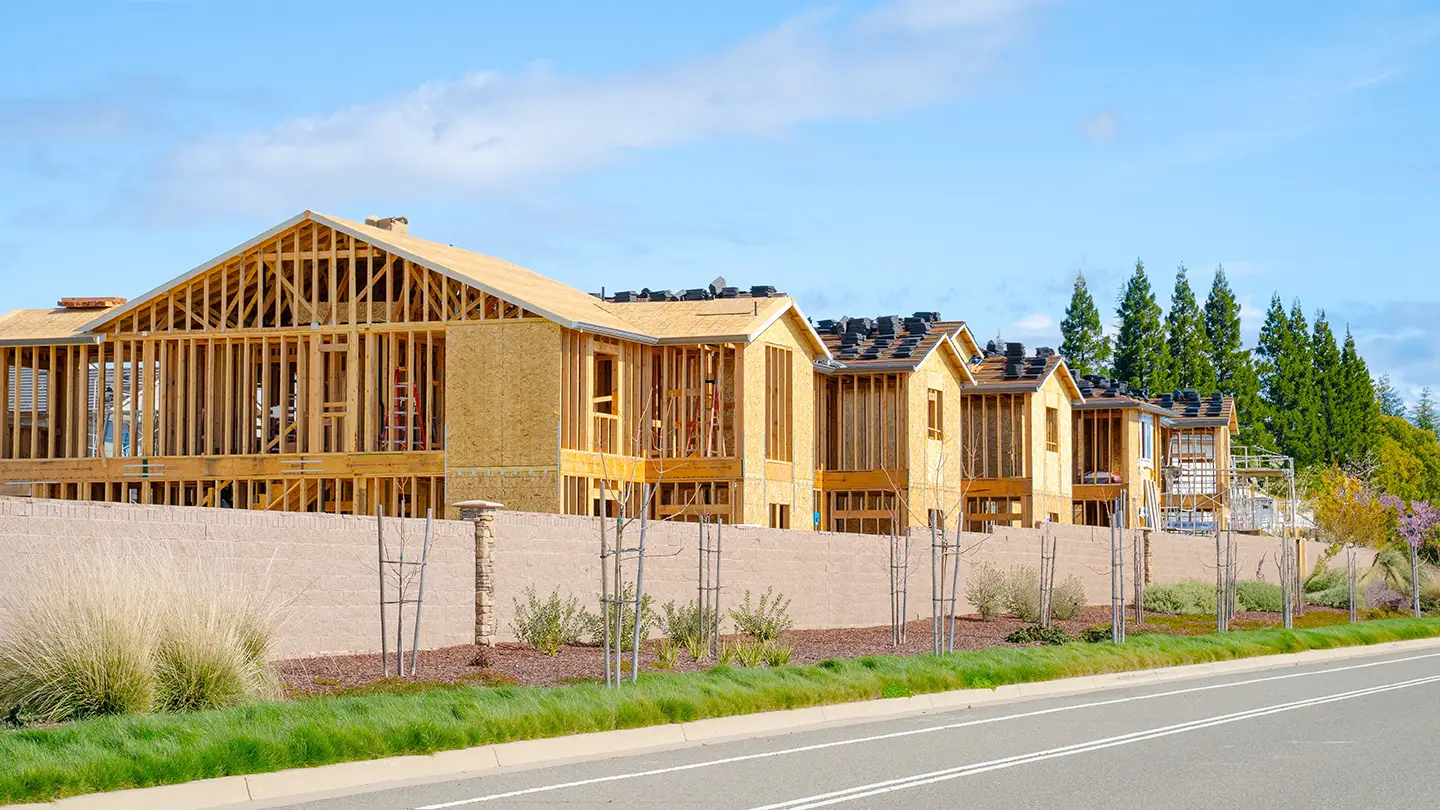
LightBox CRE Monthly Commentary: Full Steam Ahead for Markets in June
By: Head of Data Strategy at LightBox, Manus Clancy Honestly, who saw this coming in April? It feels like only last…
Gain market-moving insights from industry experts.
We will not share your data. View our Privacy Policy.
Gain market-moving insights from industry experts.
We will not share your data. View our Privacy Policy.

By: Head of Data Strategy at LightBox, Manus Clancy Honestly, who saw this coming in April? It feels like only last…

The LightBox CRE Weekly Deal Tracker highlights the most important commercial real estate stories of last week, not just in terms…

The Latest Data, News, and Analysis Impacting the Commercial Real Estate Market Every week, LightBox analysts carefully select the most impactful…

It’s a milestone week at The CRE Weekly Digest—our one-year anniversary and 52nd episode. From launch day to today, we’ve unpacked…

As affordability challenges mount and mortgage rates remain elevated, the U.S. housing market is feeling the strain. May marked a significant…

For decades, real estate data focused primarily on parcels: what they are, and where they’re located. Today, the professionals making the…